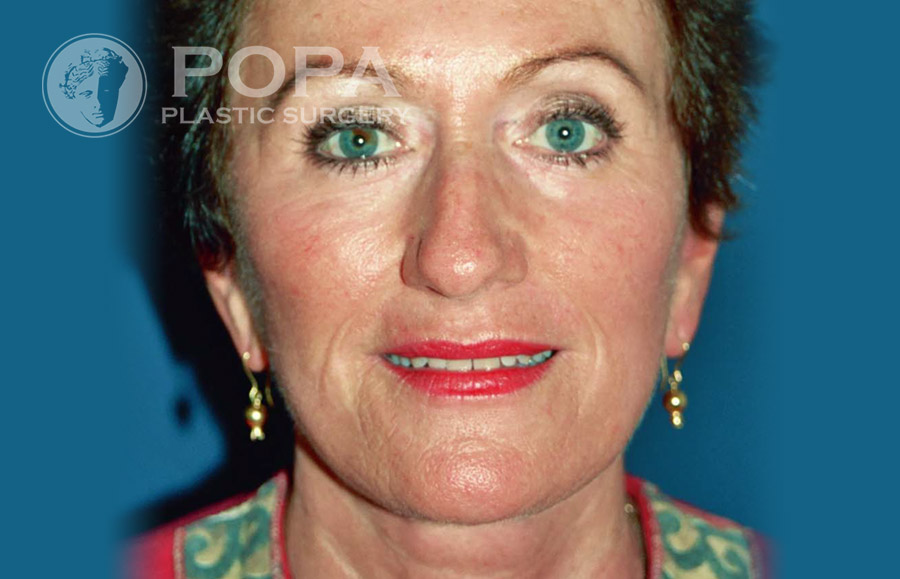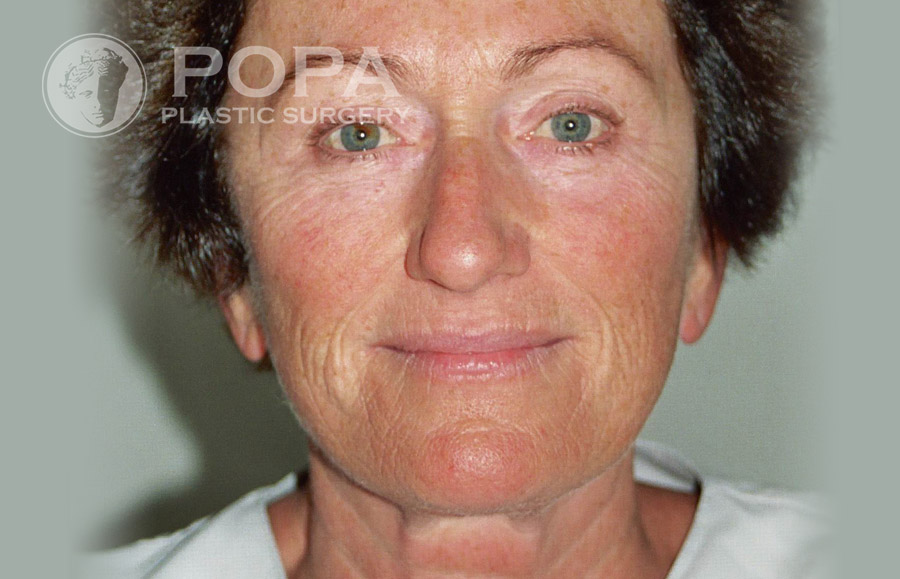AESTHETIC FACIAL
BOTOX
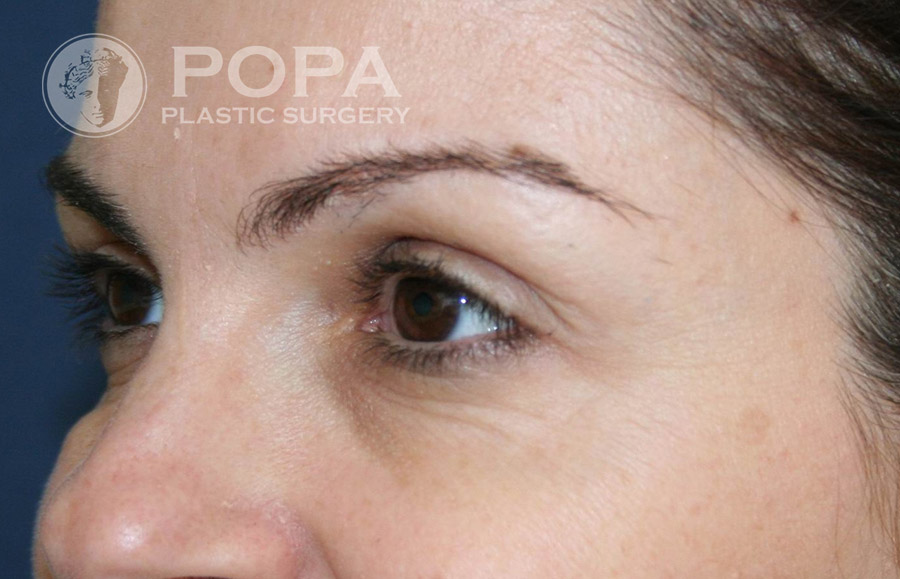
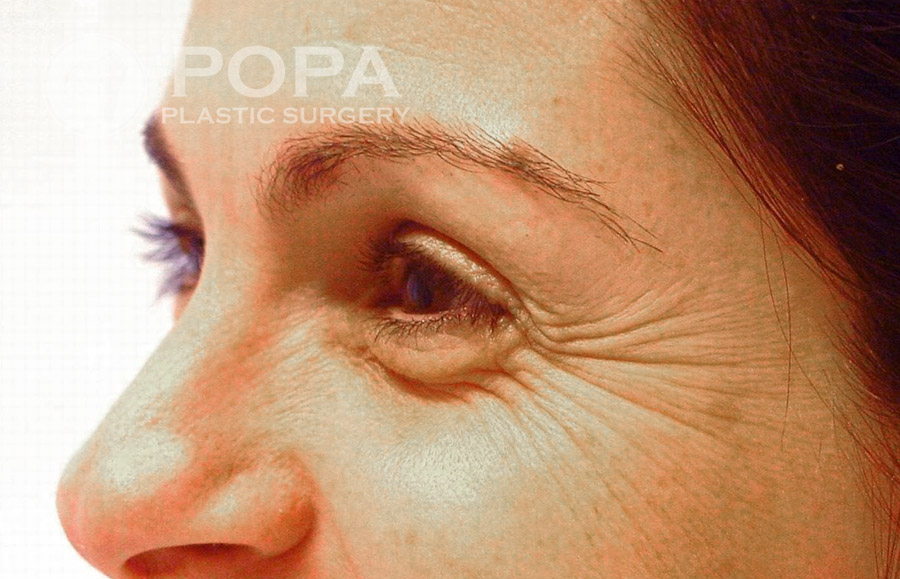
BOTOX cosmetic isn’t magic…
Many of us would love to improve our appearance, but don’t have either the time or the desire to undergo cosmetic surgery. With today’s advancements, there are things that we can do to make amazing changes without surgery or a long recovery period.
Thanks to a new FDA-approved drug, dynamic lines can be dramatically softened. BOTOX cosmetic treatments can be used to improve the appearance of worry lines, frown lines, laugh lines, crow’s feet and other wrinkles caused by aging. Also in some patients the HEADACHES are improved by BOTOX treatment. BOTOX cosmetic injections are one of the most popular cosmetic treatments today. This procedure can be done on a lunch break and requires no anesthesia or recovery. Overall, the vast majority of patients love this “quick fix” and return for a BOTOX cosmetic treatment boost as soon as the wrinkles begin to reappear! Usually 4-6 months later. The actual BOTOX Cosmetic treatments take only a few minutes and takes effect in three to four days. Gradually over three to five months effects of the treatment will fade, and the muscle action will return. When expression lines start to reappear, a simple repeat treatment is all that is necessary to maintain the desired result.
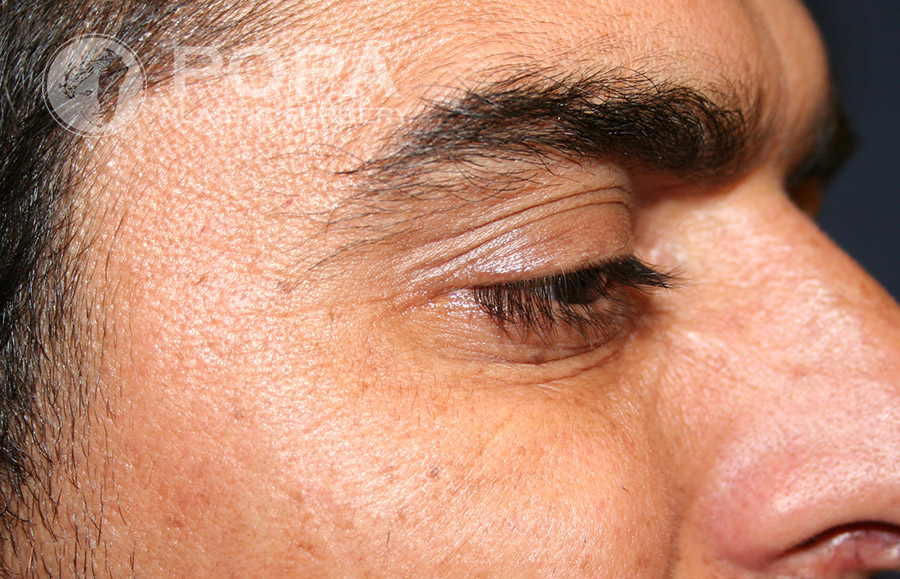
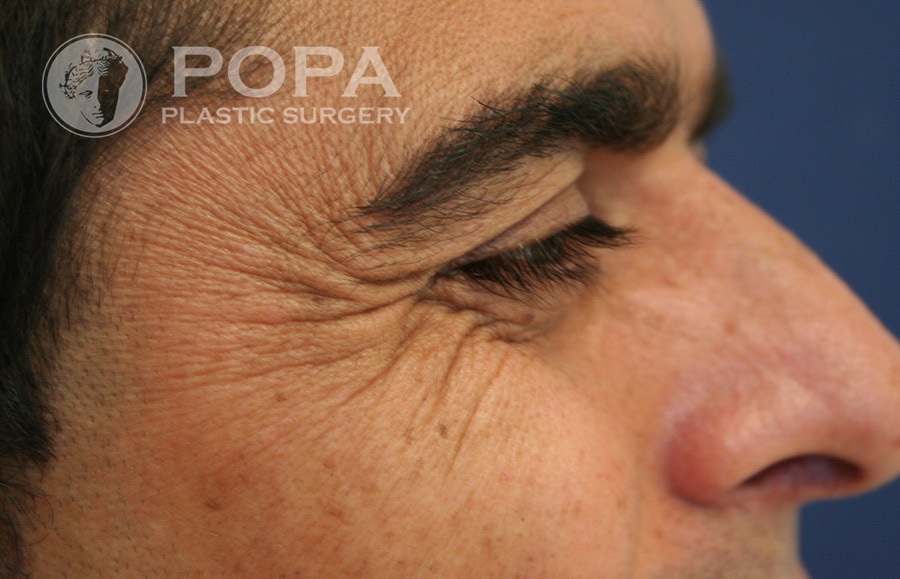
What is BOTOX Cosmetic?
BOTOX Cosmetic is the trade name of Botulinum Toxin Type A, a purified neurotoxin complex manufactured by Allergan. In large amounts, this toxin blocks the nerve impulses to muscles, causing a form of paralysis to each muscle group. Although is it is a toxin, BOTOX cosmetic has been used safely by ophthalmologists for over 10 years. It has been used for wrinkle therapy since the early 1990’s with no serious side effects. In fact, people with migraine or chronic headache pain often find relief of their symptoms after BOTOX cosmetic therapy. This naturally formed substance (BOTOX cosmetic) is injected into muscle that is contracting abnormally. Be assured that BOTOX cosmetic therapy is safe. It has been used for aesthetic purposes for many years and is a popular treatment for visible signs of aging.
How does it work?
By using extremely small doses of BOTOX cosmetic, injected directly into a specific muscle will be paralyzed. Therefore, the problem that muscle causes will be stopped, leaving your skin smooth and relaxed. After the treatment, the overlying skin remains smooth and unwrinkled while the untreated facial muscles contract in a normal fashion. Some of the most common areas treated include crow’s feet, frown lines, laugh lines, and forehead wrinkles.
Can it be used for wrinkles?
BOTOX cosmetic injections are best on the upper third of the face. Forehead lines, furrows between the eyebrows, and lines around the eyes (“crow’s feet”) respond favorably to the treatment. Frown lines (below the mouth) and chin creases may also be improved with a BOTOX cosmetic injection, but response here varies among individuals. Please visit our office for a personal consultation on how BOTOX cosmetic treatments can help you.
Are there any side effects?
The side effects of BOTOX cosmetic injections are typically related to the area where the solution is injected. There may be a slight discomfort from the needle entering the skin, and a small chance of a bruise at the site of the injection. There are no reports currently of damage to the eye, with injections to the eyelid. There have been no permanent treatment side effects.
Am I a candidate?
If you would like to learn more about what BOTOX cosmetic treatments can do for you, imply call our office for a personal cosmetic consultation. Our doctor is experienced in BOTOX cosmetic injections and will be able to tell you if the treatments will work for you.
Will the effects last?
The actual BOTOX cosmetic treatments take only a few minutes and takes effect in three to four days. Gradually over three to five months the effects of the treatment will fade, and the muscle action will return. When expression lines start to reappear, a simple repeat treatment is all that is necessary to maintain the desired result.
Wrinkle fillers/combinations
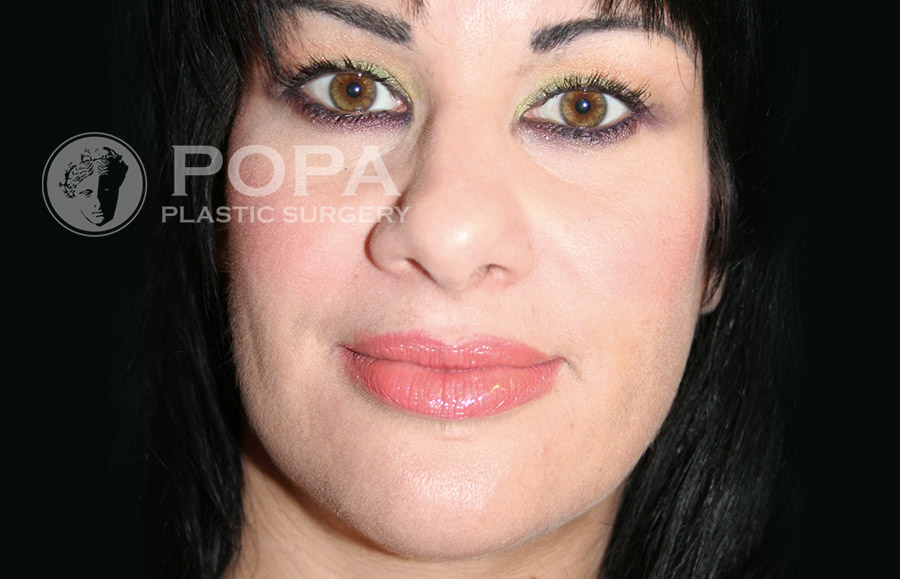
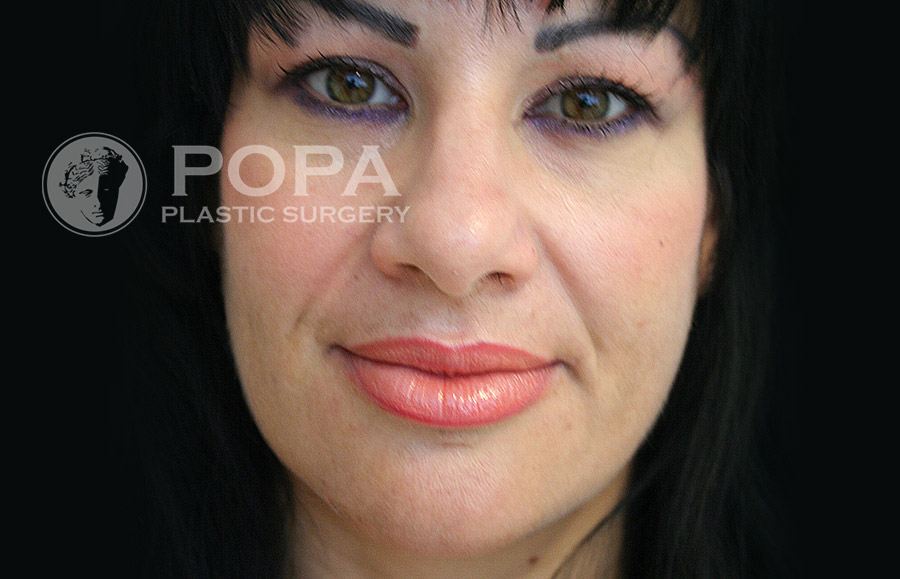
EYELID SURGERY
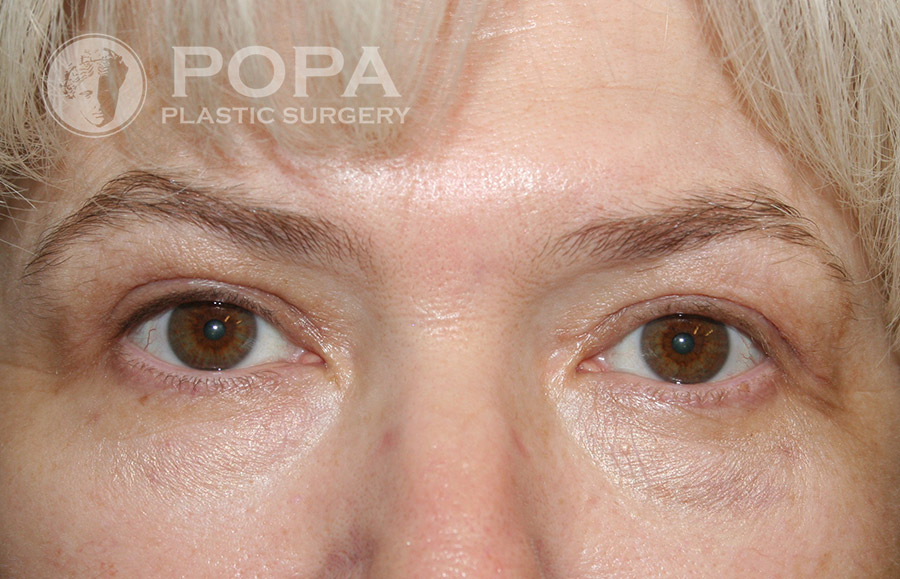
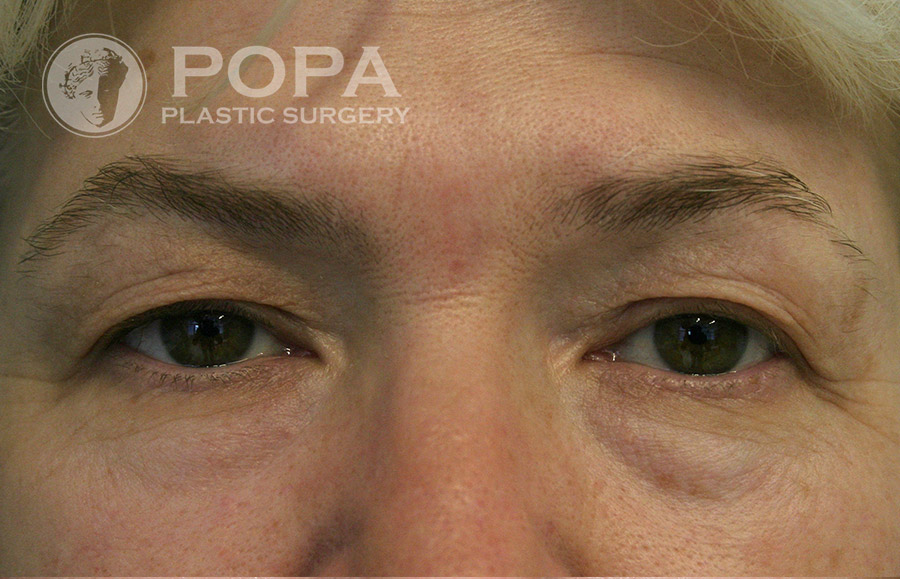
For fresher looking eyes....
In the morning
Sometimes, even after a great night’s sleep, it can be hard to feel alive and vibrant when you see those tired, drooping eyes looking back at you from the mirror. The loose skin over your eyes and the fat bags under your eyes make you look more tired and older than you feel inside.
If this sounds familiar, you’re not alone. Each year thousands of women and men choose eyelid surgery to help restore a more energetic and youthful appearance. Eyelid surgery or blepharoplasty can correct sagging eyelids, remove fatty pouches beneath the eyes and remove excess skin from the upper eyelids. Blepharoplasty can be done alone or in conjunction with other facial surgery procedures such as a facelift, a brow lift or laser skin resurfacing.
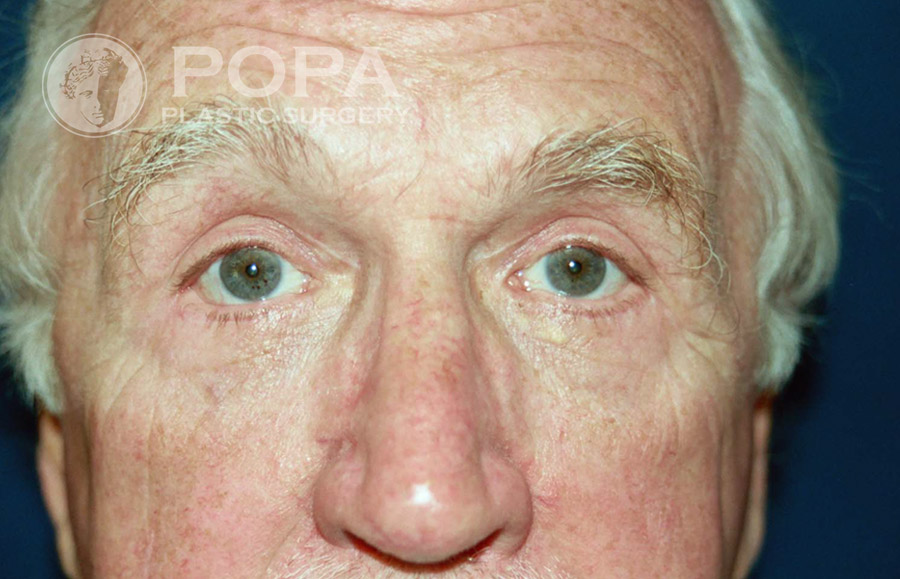
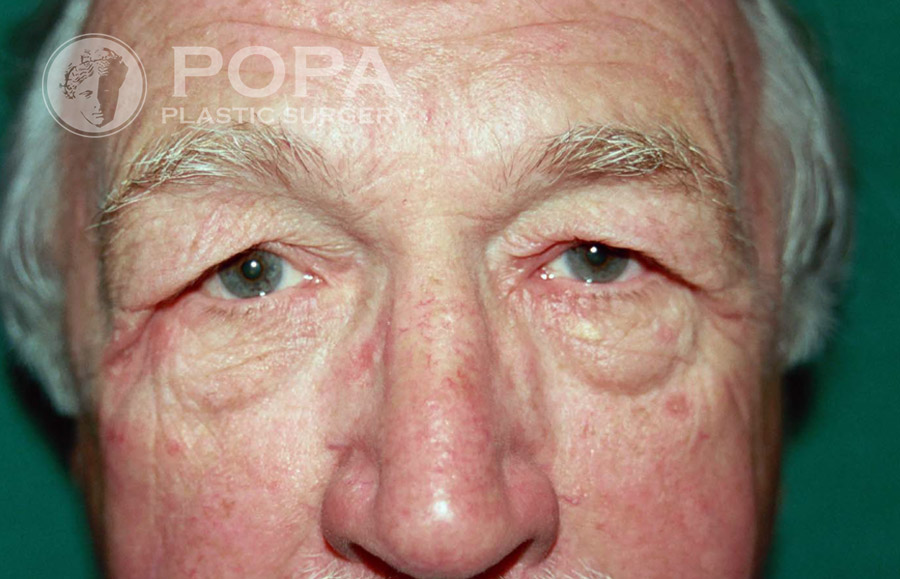
Your consultation
During your initial cosmetic consultation, your doctor will discuss your particular condition, your expectations, and the probable outcome of treatment. You will be shown several before and after treatment photographs of patients having similar conditions, and you will receive an explanation of your treatment. Before and after photos may be taken of the area to be treated to document your results.
What about recovery?
When the procedure is performed alone, and not with a facelift, it is generally done under local anaesthesia. The eye area is bruised and swollen for about two weeks. Patients should keep their heads up and place cold compresses on their eyes periodically. Antibiotic eye drops are generally prescribed for several days. Patients can’t wear contact lenses for about two weeks, since the eyelids may be stiff and sore. Make-up may be worn after about ten days. The resulting hairline scars which follow the natural contour of the eyelids tend to fade in about two months.
After cosmetic surgery, our patients have a softer, more youthful look to their faces. Many seem to have a new spring in their step after facing their fresher reflections in the mirror.
The procedure
Blepharoplasty can be performed in your doctor’s office, an outpatient surgical facility or a hospital. It is generally performed under local anaesthesia, but can be performed under general anaesthesia. The surgeon places fine incisions in the crease above each eye to correct problems of the upper eyelids. Then a thin crescent of excess skin and muscle is removed. The incisions are closed with very fine sutures. To remove the fatty deposits beneath the eyes, the incisions are placed just inside the lower eyelid.
After the fat is removed, the incisions may be closed with absorbable sutures or may be left to heal naturally. When excess skin and muscle needs to be removed from the lower lids, the incisions are placed in the natural smile crease below the eyelashes. The procedure can take between one and two hours, depending on the extent of the surgery.
What about insurance?
Eyelid problems are common, even in younger people. Correcting eyelid problems that interfere with your vision may be covered by your health insurance. However, when eyelid surgery is performed for cosmetic reasons, it may not be covered in part or in whole by your health insurance. It is the patient’s responsibility to check with their insurance provider for the information of the degree of coverage. We will be happy to answer any questions.
FACELIFT
Facelift - Look younger again
As we age, wrinkles and skin creases form and become pronounced in certain areas. Over time, this and the natural effect of gravity may result in a tired look. For many people, prolonged exposure to the sun, stress, and harsh weather elements can make them appear older than their actual age. Designed to reduce the signs of aging and rejuvenate your natural beauty, a facelift can turn back the clock by reshaping or contouring the facial skin. The goal of a facelift is to lift and tighten the sagging skin and muscles of your face and neck. Although it cannot stop the aging process, it can give you a younger, more vital appearance. Facelifts are often done in conjunction with other cosmetic procedures, such as blepharoplasty (eyelid lift), browlift and BOTOX Cosmetic treatments.
How is a facelift performed?
During a facelift, the skin and muscles are tightened to improve the appearance of the eyes, cheeks, jowl and neck. These improvements are achieved by first placing inconspicuous incisions around the ear and hairline. The skin and facial muscles are then lifted and tightened to restore the natural contours that contribute to a more youthful appearance.
Excess skin can be removed around the incision lines as needed to help smooth out your facial skin. If the neck needs tightening, a small incision may be needed. The incisions typically heal as inconspicuous, hairline scars. A facelift is most frequently performed using general or twilight anesthesia (light sedation).
Is a facelift right for me?
The decision to have a facelift is an important one that requires researching the facts and identifying your personal beauty goals. Your doctor can help you visualize your results, but only you can decide if the procedure is right for you. Women and men choose to have a facelift for a variety of reasons, but the majority of facelift patients say they want to minimize the signs of aging.
Frequently Asked Questions
Who is the best candidate for a facelift?
If you feel as if your skin is starting to sag around the jowls, the forehead, and you appear tired and searching for a
way to rejuvenate your appearance, you may be the perfect candidate for a facelift. Full facelifts are generally for
more mature patients, however, an increasing number of younger men and women are seeking mid and lower
facelifts.
How long is the recovery period?
A facelift may result in some swelling and bruising, most of which will diminish within two weeks. Some discomfort
may be expected during the first 48 hours, but significant pain is uncommon. Most patients feel comfortable going
out in public within a few weeks.
When will I be able to see the results?
You will notice the tightening in your facial skin and muscle structure as soon as your swelling subsides. Your facelift
will lend alertness and vitality to your appearance. Although a facelift cannot stop the aging process, it can
effectively “set back the clock” and give you a renewed sense of confidence.
How long does a facelift last?
Every case varies, but typically a facelift can last 10 years. Your doctor will recommend a skin care regimen designed
to maintain your rejuvenated appearance and keep your skin looking beautiful.
The end result is a smoother, more youthful appearance.
And because a facelift addresses the underlying structure of the face, the results are normally long-lasting and natural looking.
- Removes the jowls of the cheeks around the jaw line
- Reduces creases between the cheeks and lips
- Removes and tightens loose or wrinkled skin
- Lifts the corners of the mouth
Nose surgery / RHINOPLASTY
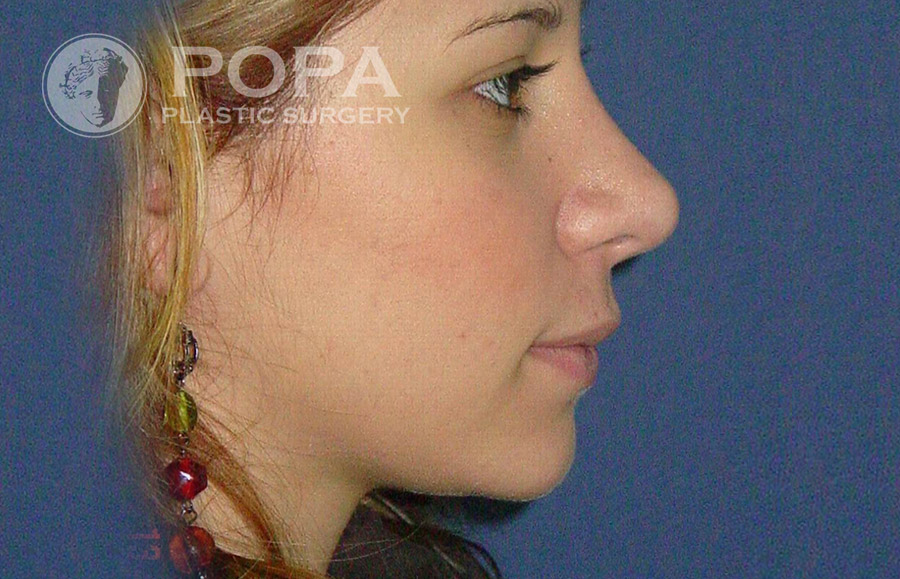
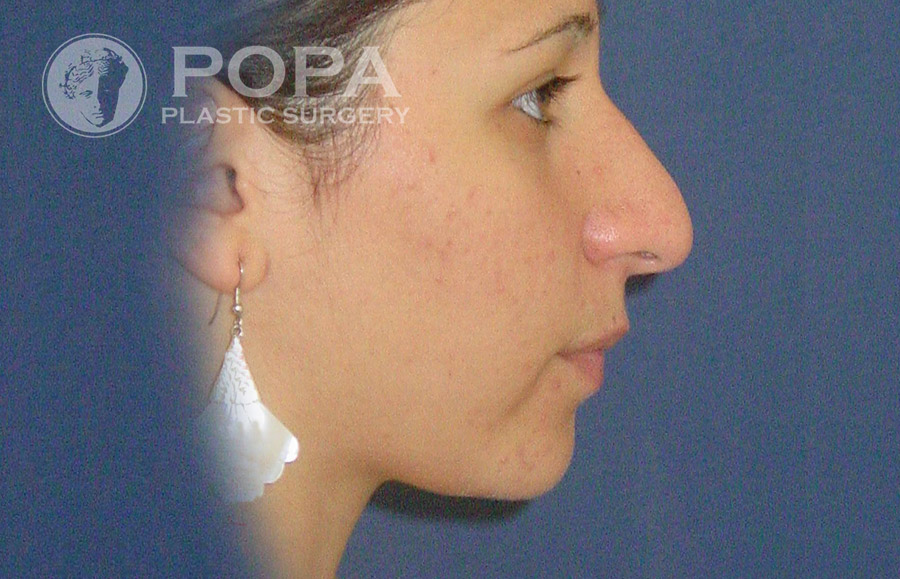
If you are one of the many people who have gone through life self-conscious about the appearance of your nose, rhinoplasty may be the perfect solution. Rhinoplasty is a procedure in which the nasal bones or cartilage are reshaped into a more pleasing and graceful contour that will complement your other facial features. Most patients undergo rhinoplasty surgery to enhance their appearance and self-confidence by correcting a nose that is too large, out of proportion, crooked or injured. Rhinoplasty can be performed on any part of the nose to increase or reduce size, to modify the nostrils, tip or bridge size and shape, or to alter the slope or angle of the nose. It can also help correct an injury, birth defect, or improve breathing.
Even the slightest alteration to a person’s nose can make a dramatic difference. The primary goal of rhinoplasty is to create facial harmony so the most prominent feature, the nose, is in perfect proportion to your other facial features.
Is rhinoplasty right for me?
Anyone who is self-conscious about their nose will find that rhinoplasty offers a newfound aura of confidence. The procedure can significantly enhance an individual’s facial appearance by creating a more balanced nose and an enhanced profile. A rhinoplasty procedure is completely customized to uniquely complement each individual’s face, whether your desire is to remove a bump, taper a tip, or build up any nasal depressions. After a careful analysis of your concerns and medical history, your doctor will help you decide if rhinoplasty can give you the results you desire.
How is rhinoplasty performed?
Your rhinoplasty will be planned and tailored to match your individual needs so you can achieve the most natural appearance. Typically, the skin of the nose is cut and lifted away from the bone and cartilage framework beneath, then shaped and sculpted to obtain optimum results. The incisions are most often placed inside the nose and hidden from view. When the surgery is complete, a splint may be applied to help your nose maintain its new shape. Some bruising and swelling can be expected following surgery, but applying ice and taking a mild pain reliever can offer effective relief. Keeping your head elevated and relaxing in bed is recommended for the first 24 hours following surgery.
Who is the best candidate for rhinoplasty?
Good candidates for rhinoplasty surgery are people who are finished growing, in good health, and unhappy with the current size, shape or appearance of their nose. It is also important to have realistic expectations of what rhinoplasty can do for you.
What are the risks of having rhinoplasty?
Any surgical procedure comes with inherent risk, such as the effects of anesthesia, infection, bleeding, swelling and discomfort. These and other complications rarely occur and can usually be avoided. Your doctor will discuss the risks with you thoroughly during your consultation.
How long is the recovery period?
Some bruising and swelling is expected for the first few weeks. An external dressing may be worn the first week following your procedure. Once removed, camouflage makeup can be applied. Stitches and external dressings may be removed in about a week, and you can usually return to work shortly thereafter. Over the next several months, there will be a subtle but ongoing remodeling process as your nose becomes more sculpted and refined.
CHEMICAL PEEL
Refresh your skin
A chemical peel can make you look years younger by removing and softening fine lines, age spots, sun damage, hyperpigmentation, acne scars, enlarged pores and blemishes. A chemical peel is a safe and effective accelerated form of exfoliation that smooth the skin’s surface by chemically removing the outer layers which facilitates the formation of new skin cells. Chemical peels can rejuvenate the skin, eliminate blotchy patches and improve wrinkles through chemical exfoliation. You can choose from three peel depth levels, depending on the amount of skin damage. Your result is fresh, softer, younger looking skin!
The effects of a chemical peel often can be enhanced when combined with a facelift.
How is a Chemical Peel Performed?
Prior to the peel, you will follow a special skin care regimen to prepare your skin. After your skin has been primed through skin care or microdermabrasion, your skin will be cleansed and a mild toner will be used to remove the natural surface oils. The agent is then applied targeting the epidermis and dermis to remove the superficial layer of dead skin cell. After a period of time, your physician or skin care specialist will neutralize and remove the product. Your skin is cleaned and an anti-bacterial ointment is applied, followed by a moisturizer and sun screen.
For a light depth peel, the skin is prepared and a mild chemical peel will be applied. The peel creates a healthy, refreshed appearance to the skin with no down time because the living skin is left intact. As you heal, the old, damaged skin will be replaced by a layer of new healthy skin. A layer of collagen will also form below the skin surface to help tighten and smooth out your new skin. Light peels do not require any anesthesia.
For a medium depth peel, a stronger more concentrated chemical peel is applied so the deeper layer of skin, the dermis, will be affected. A medium depth peel can effectively improve facial wrinkles and sun damaged skin.
For a deep depth peel, an even stronger chemical agent is used to penetrate the deep layer of dermis. The peel targets deep and widespread wrinkles and extremely rough skin. It is used only in selected cases and not recommended for darker skinned patients. A sedative may be used to lessen any discomfort.
Who can benefit from a Chemical Peel?
Women and men with superficial wrinkles of the face, neck, upper chest and arms are excellent candidates for a chemical peel. Those concerned about uneven skin pigmentation, enlarged facial pores, sun damage, superficial acne scars, and age spots may also benefit form a chemical peel.
How do I decide which type of peel I should have?
Your doctor can help you decide what depth of peel, what type of chemical solution is most appropriate, which areas you want peeled and discuss desired results. A small “test spot” may be peeled to get a better idea of the results, especially for people with darker skin.
What is the healing process?
Your doctor or skin care specialist will send you home with specific after care instructions for your newly rejuvenated facial skin. Aster light peels, the treated skin turns red or pink and heals without crusting. Healing typically occurs in 7 days or less. For medium depth peels, there may be some flaking during the healing process which is typically complete within 2 weeks. There may also be some redness, which can be covered with camouflage makeup and may persist for up to 3 to 4 weeks. For deep peels, your doctor will give you strict instructions. Avoid sun exposure with all types of peels and let your skin heal naturally - treat it gently and use only recommended cleansers and moisturizers.
When will I be able to see the results?
You will start noticing pink, fresh skin emerging from under the peeling, damaged skin within the first few days. Patients should not help the peel along by pulling or rubbing the old skin off. Within a few weeks, any pinkness will fade for most light peels. Depending upon the depth of the peel, you may have lingering pinkness which may look like mild sunburn or flushed appearance. Your doctor will recommend the type of peel most suitable to your skin type, condition, and your desired results.
Dermabrasion
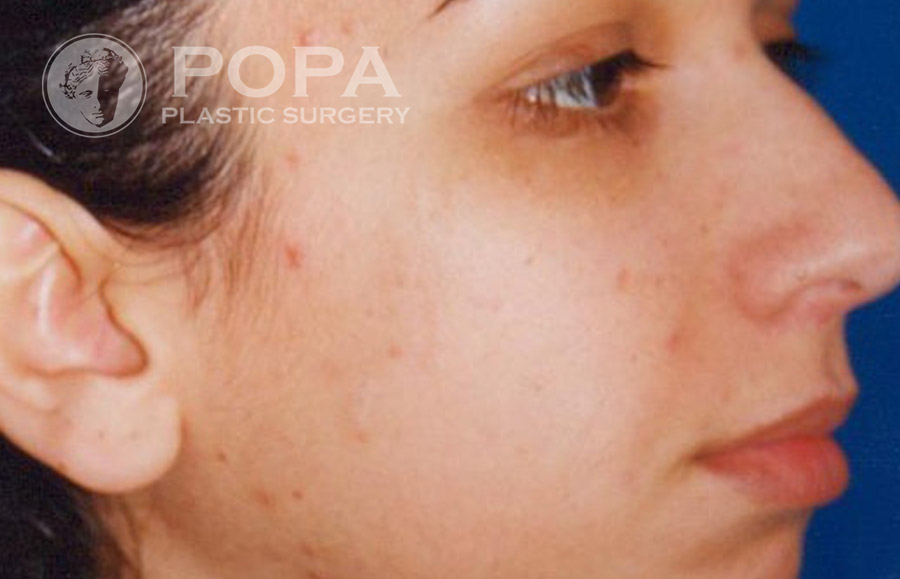
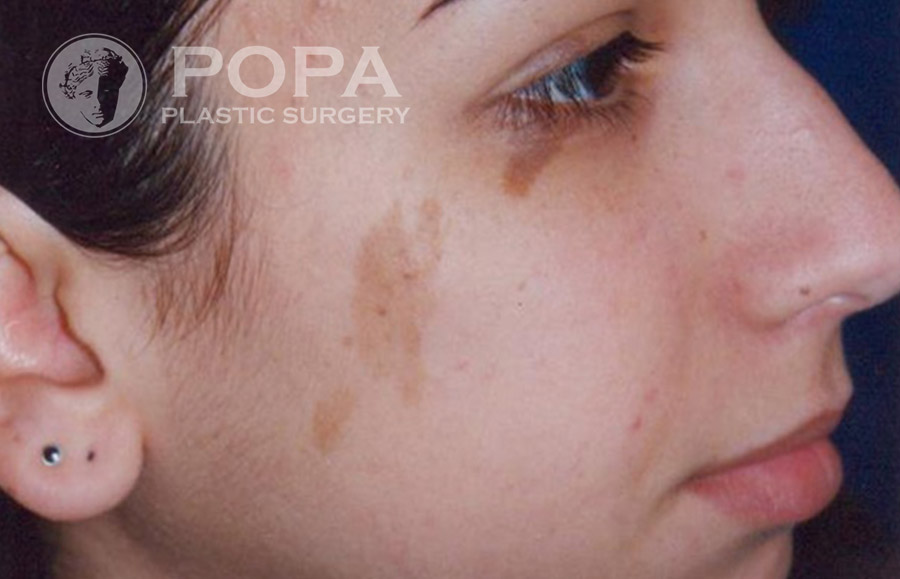
Ear pinning surgery
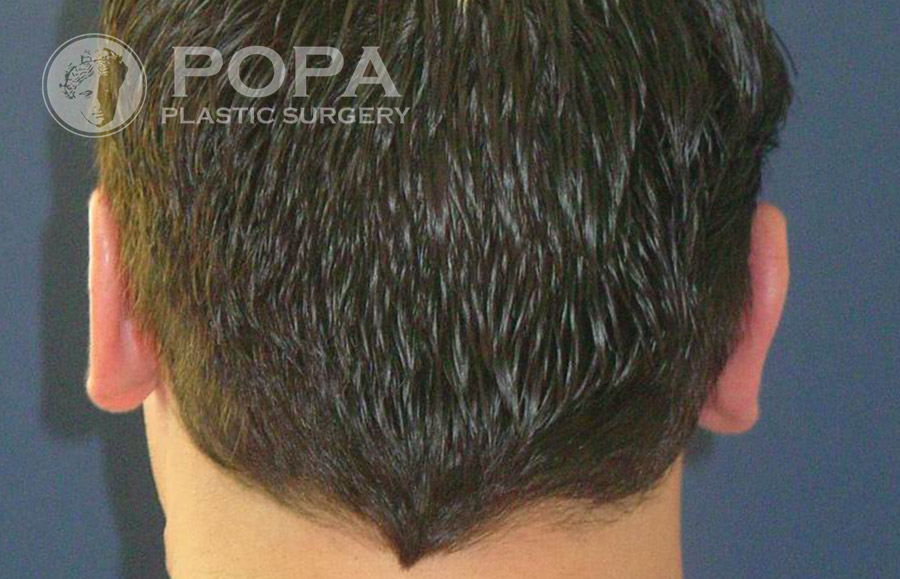
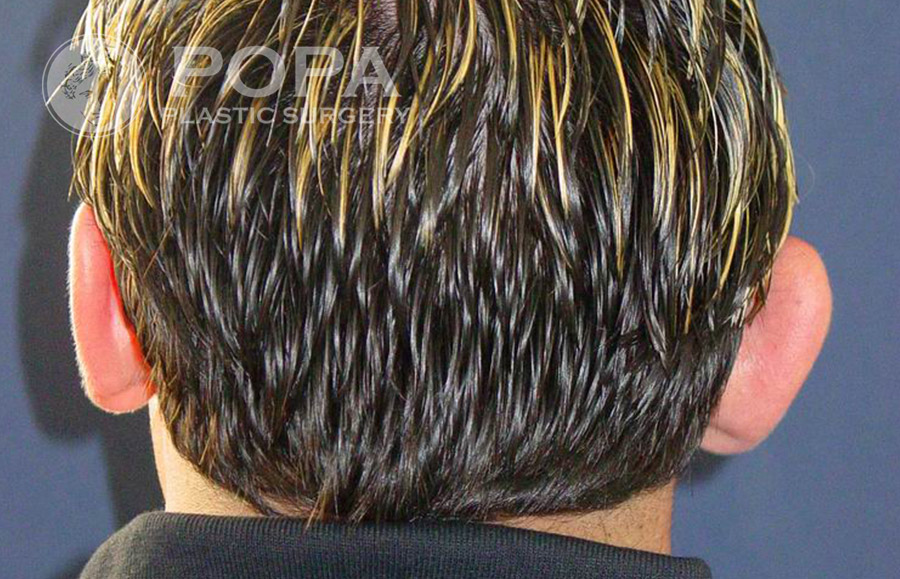
Ear deformity surgery
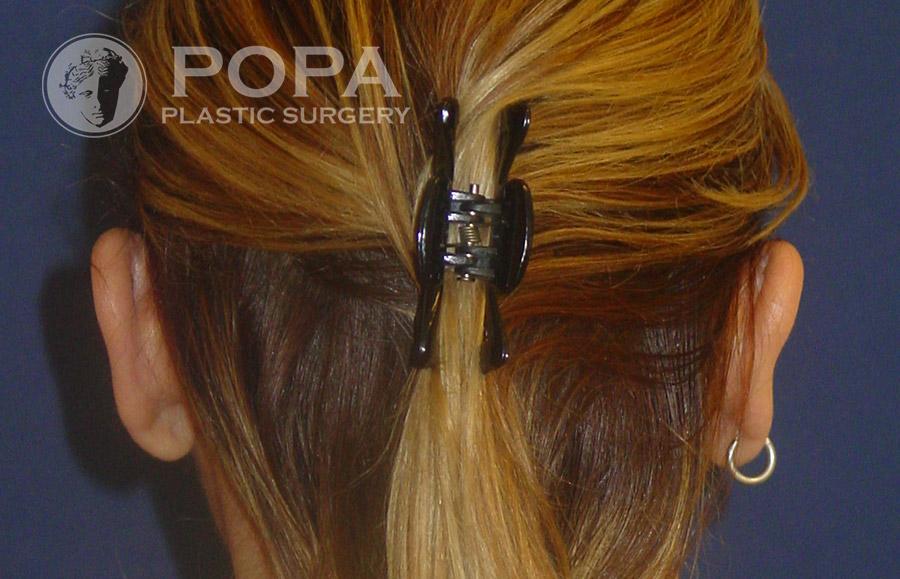
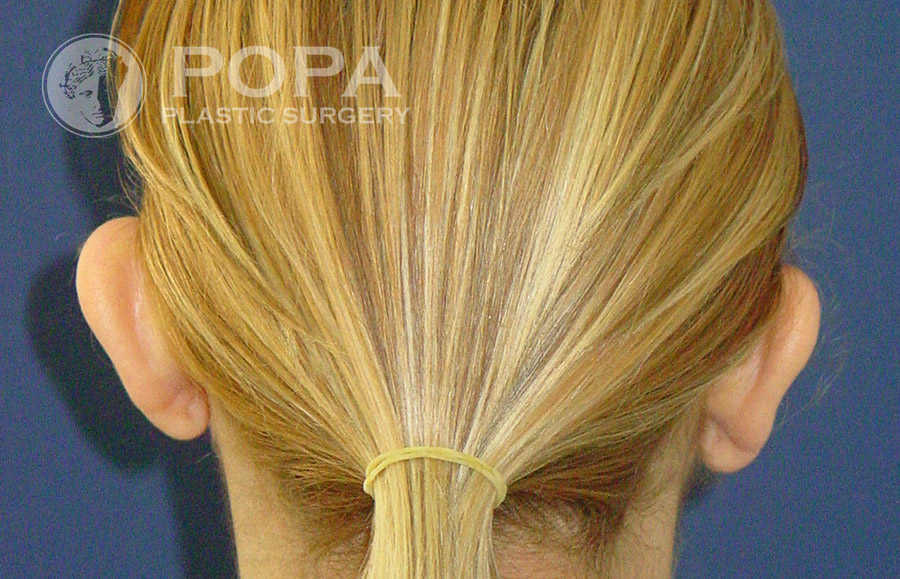
Lip enhancement
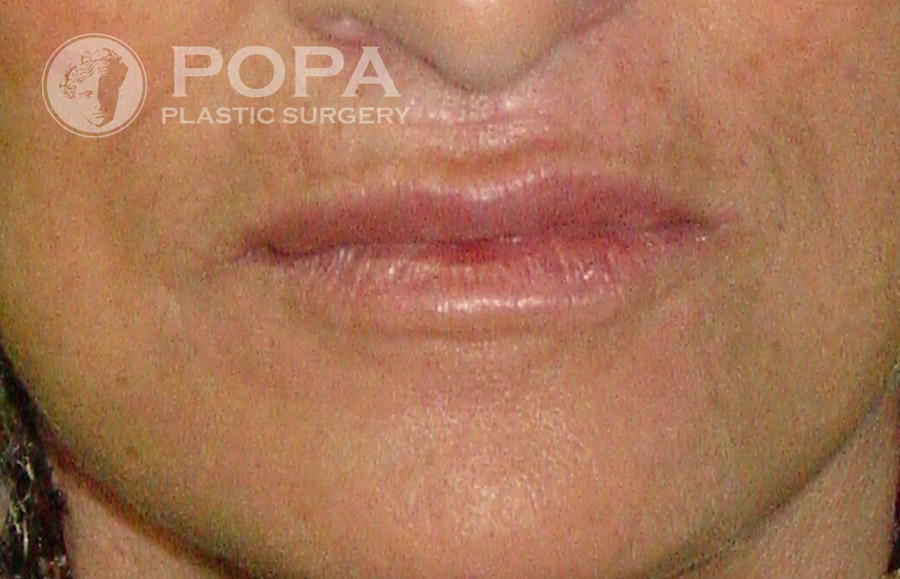
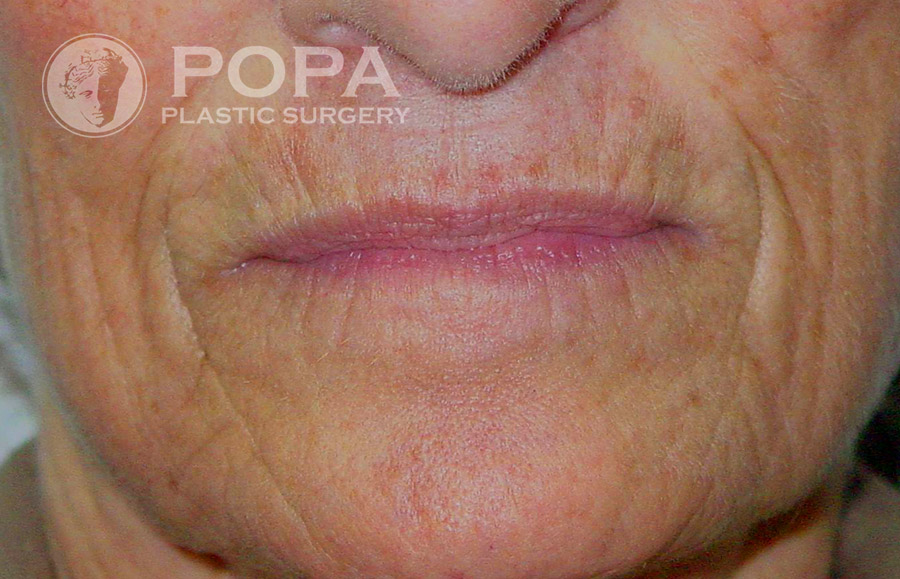
Revision of Previous Plastic Surgery
Overview
If you are dissatisfied with prior plastic surgery, you may want to consider having a revision surgery.
Older surgical techniques have been refined and improved in recent years. Changes which were difficult to accomplish in the past are now commonplace. Many of the previous surgical results which appear to be unnatural or "surgical" can be improved to make them more aesthetically pleasing and give them a less artificial in appearance. Some of such procedures include:
Nasal Surgery
- Correction of post-surgical breathing problems.
- Correction of the overly shortened nose.
- Correction of the pinched or pointed tip.
- Correction of the crooked nose.
- Correction of the bridge which has been made too small or left too high.
- Asymmetrical nostrils.
Breast Surgery
- Correction of breast which have become hard following insertion of implants (capsular contracture).
- Removal and replacement of broken or aging breast implants.
- Improvement of surgical scars following augmentation or reduction.
- Correction of asymmetry following augmentation or reduction.
- Correction of mastectomy scars and refinements in breast reconstruction.
Liposuction and Body Contouring
- Additional reduction and reshaping using available ultrasonic liposuction.
- Improvement of irregularities or ridges.
Facial and Eyelid Surgery
- Correction or previous under-correction or over-correction.
- Improvement of surgical scars following facelift or eyelid surgery.
- Correction of eyelid or facial asymmetry.
Facial and Eyelid Surgery
- Removal of old implants and replacement with contemporary more natural implants
These situations call for a careful evaluation of the problem and a precise plan for surgical revision at your initial consultation. The plastic surgeon may use computer imaging to realistically show you what improvements may be possible. When you have this type of surgery, it is important to preserve or restore normal function as well as to achieve an attractive cosmetic result.

